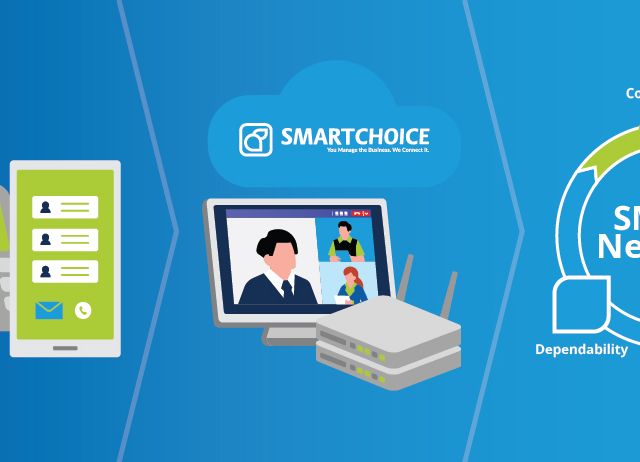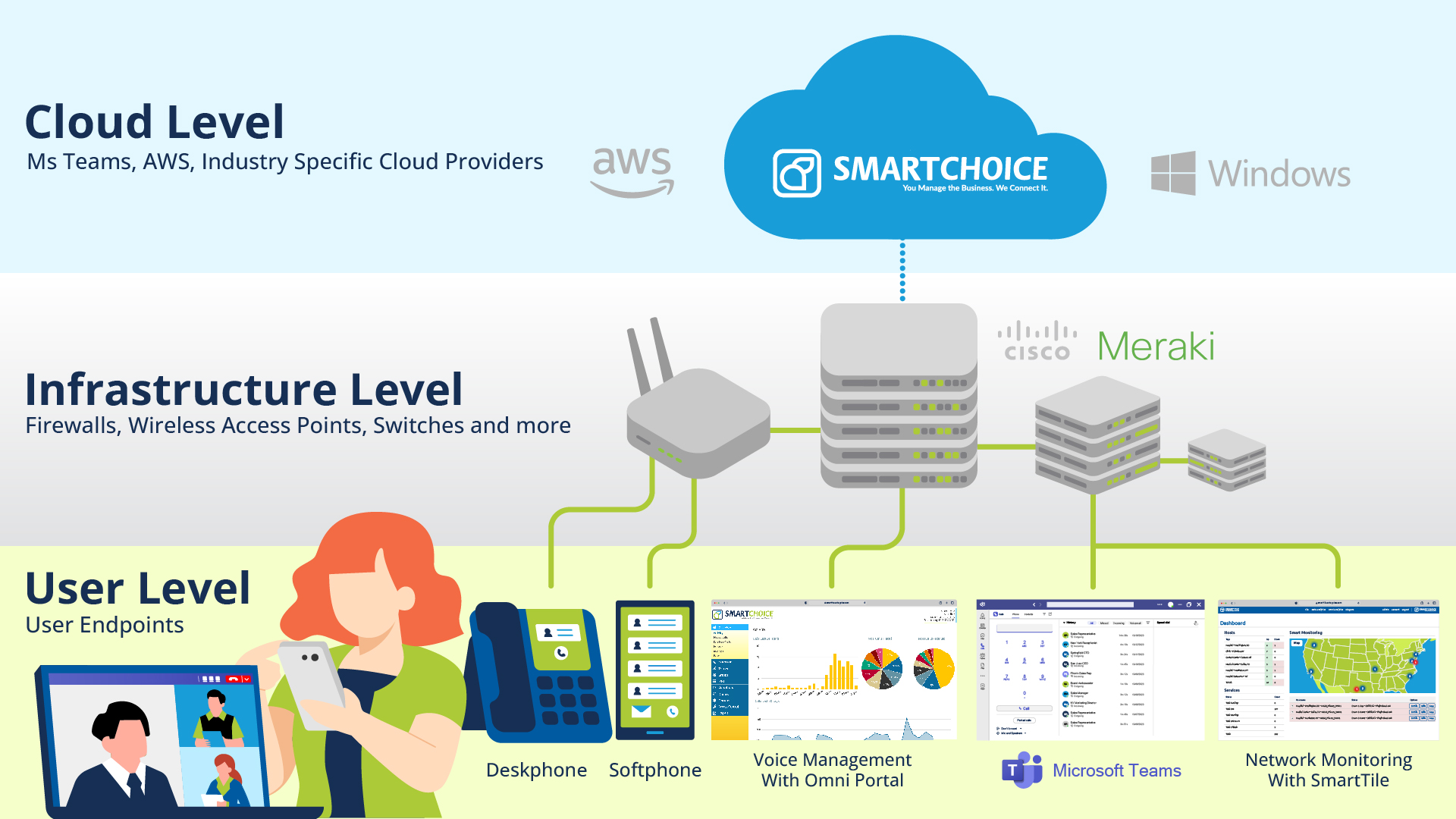The Pros and Cons of Cloud-Based Voice & Collaboration Systems

Introduction
The business landscape is evolving at an unprecedented pace, and executives are constantly seeking innovative solutions to enhance their organization’s communication and collaboration. Among the myriad of options available, cloud-based voice & collaboration systems like Microsoft Teams have emerged as compelling choices. However, it’s vital to delve into the nuances of these systems, weighing their advantages and challenges carefully.
Now, let’s delve into the pros and cons of cloud-based voice systems:
The pros and how to leverage.
- Cost Efficiency: An attractive cost model, shifting from capital-intensive upfront investments to predictable operational expenses. This financial predictability allows CFOs to better allocate resources for strategic initiatives.
- Scalability and Flexibility: Unparalleled scalability and flexibility. Organizations can easily scale up or down, aligning resources with evolving business needs. This agility is particularly beneficial for CIOs navigating dynamic IT requirements.
- Enhanced Collaboration: Equipped with collaboration tools, fostering seamless teamwork. Features like video conferencing, instant messaging, and file sharing are vital for improving overall productivity, especially in today’s remote work environment.
- Reliability and Disaster Recovery: Cloud providers offer robust uptime guarantees and disaster recovery capabilities, ensuring minimal downtime. This aligns with the CEO’s and CIO’s focus on uninterrupted operations and business continuity.
The cons and how to mitigate.
- Security Concerns: Security remains a paramount concern for CISOs with cloud-based voice systems. Storing sensitive data and communication off-premises can expose them to potential breaches and unauthorized access, necessitating stringent security measures. Leading cloud providers invest heavily in security, often employing dedicated teams to protect data, but CISOs must ensure rigorous implementation of data encryption, access controls, and authentication mechanisms.
- Compliance Challenges: Many industries are subject to stringent regulatory requirements, such as GDPR or HIPAA. Cloud-based voice systems must comply with these regulations, placing the onus on CFOs and CIOs to maintain adherence. Leading cloud providers, including Microsoft, offer comprehensive compliance certifications and tools to help organizations meet regulatory requirements. This can simplify compliance efforts, but organizations must still understand the shared responsibility model.
- Data Sovereignty Issues: The geographical location of cloud data centers can lead to data sovereignty challenges. Some countries have strict laws governing where data can be stored and processed, presenting difficulties for multinational corporations. Many cloud providers address data sovereignty issues by offering regional data centers and compliance with local data regulations. Organizations should select providers that align with their geographic requirements.
- Limited Control: Implementing cloud-based voice systems entails relinquishing some control over infrastructure and data management. This transition can be unsettling for CIOs and CISOs accustomed to direct control over their technology stack. While control may be shared with the provider, it also means shared responsibility for system maintenance and updates. Additionally, providers often furnish comprehensive management dashboards, offering insights and control over the system.
Conclusion
Cloud-based voice systems have the potential to revolutionize communication and collaboration within organizations. CEOs, CFOs, CIOs, and CISOs must carefully evaluate their benefits and challenges. Through thorough risk assessments, robust security measures, compliance adherence, and contingency planning, organizations can harness the power of cloud technology to drive innovation, collaboration, and growth while safeguarding their most critical assets.





